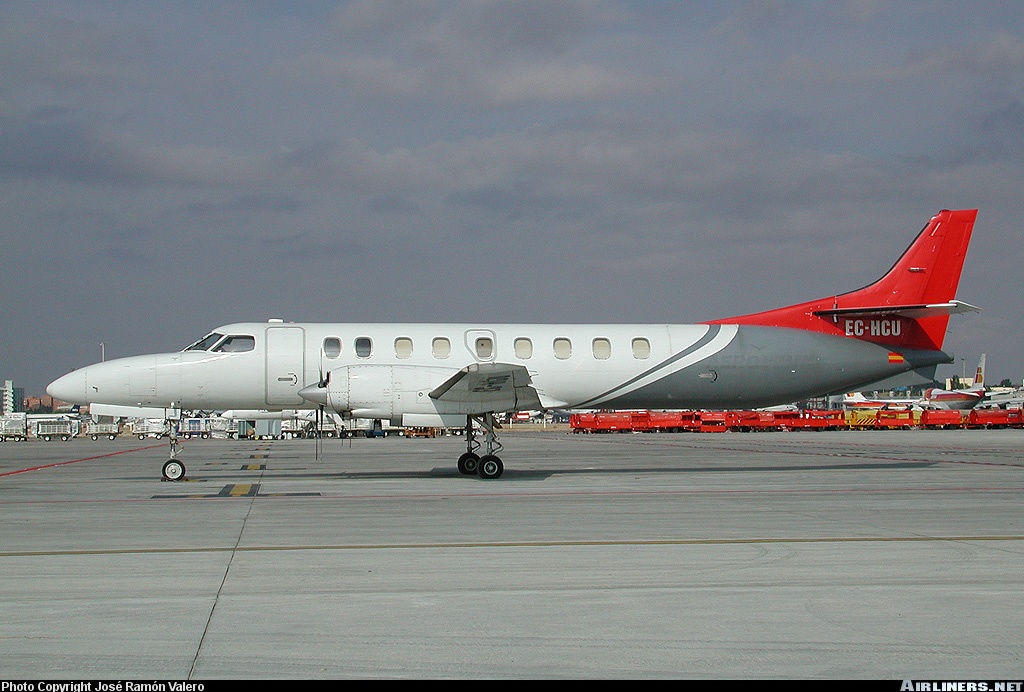Region
Crash of a Boeing 737-406 in Barcelona
Date & Time:
Nov 28, 2004 at 1850 LT
Registration:
PH-BTC
Survivors:
Yes
Schedule:
Amsterdam – Barcelona
MSN:
25424
YOM:
1992
Flight number:
KL1673
Crew on board:
6
Crew fatalities:
Pax on board:
140
Pax fatalities:
Other fatalities:
Total fatalities:
0
Captain / Total hours on type:
5414.00
Copilot / Total hours on type:
1543
Aircraft flight hours:
31756
Aircraft flight cycles:
22156
Circumstances:
At 16:46 KLM Flight 1673 departed Amsterdam for Barcelona. Upon rotation from runway 18L the aircraft suffered a bird strike. A bird collided with the nose gear. The gear was retracted normally and there was no abnormal indication in the cockpit. The crew reported the impact to the ATC and the flight to Barcelona continued normally. The aircraft touched down on Barcelona's runway 25R. After touchdown of the nose landing gear, the aircraft started deviating to the left of the runway centreline. The veering to the left continued and the aircraft left the paved surface of the runway and went through an area of soft sand where some construction works were being carried out. The nose landing gear leg collapsed rearwards and the left main landing gear leg detached from its fittings shortly before the aircraft came to a stop close to the edge of a rain drainage canal. The final position of the aircraft was at a longitudinal distance of approximately 1606 m from runway 25R threshold, and at a lateral distance of approximately 84 m from the runway centreline.
Probable cause:
It is considered that the accident probably happened because during the takeoff a bird strike broke one of the cables of the nose wheel steering system of the aircraft and jammed the other, which made that the nose wheels were rotated to the left during landing, causing a veering to the left that could not be arrested by full rudder deflection as the aircraft decelerated. The subsequent application of brakes and other actions by the crew could not avoid that the aircraft went outside the runway surface. The damages to the aircraft were increased by the condition of the runway strip due to the airport construction works. Contributing to the breaking of the cable was the fact that it was severely worn locally. The wear could be traced back to the incorrect application of grease to the cable system during maintenance. Despite the training and experience of the flight crew, they were unable to quickly recognize the possible cause of the deviation of the aircraft and to keep the aircraft on the runway.
Final Report:



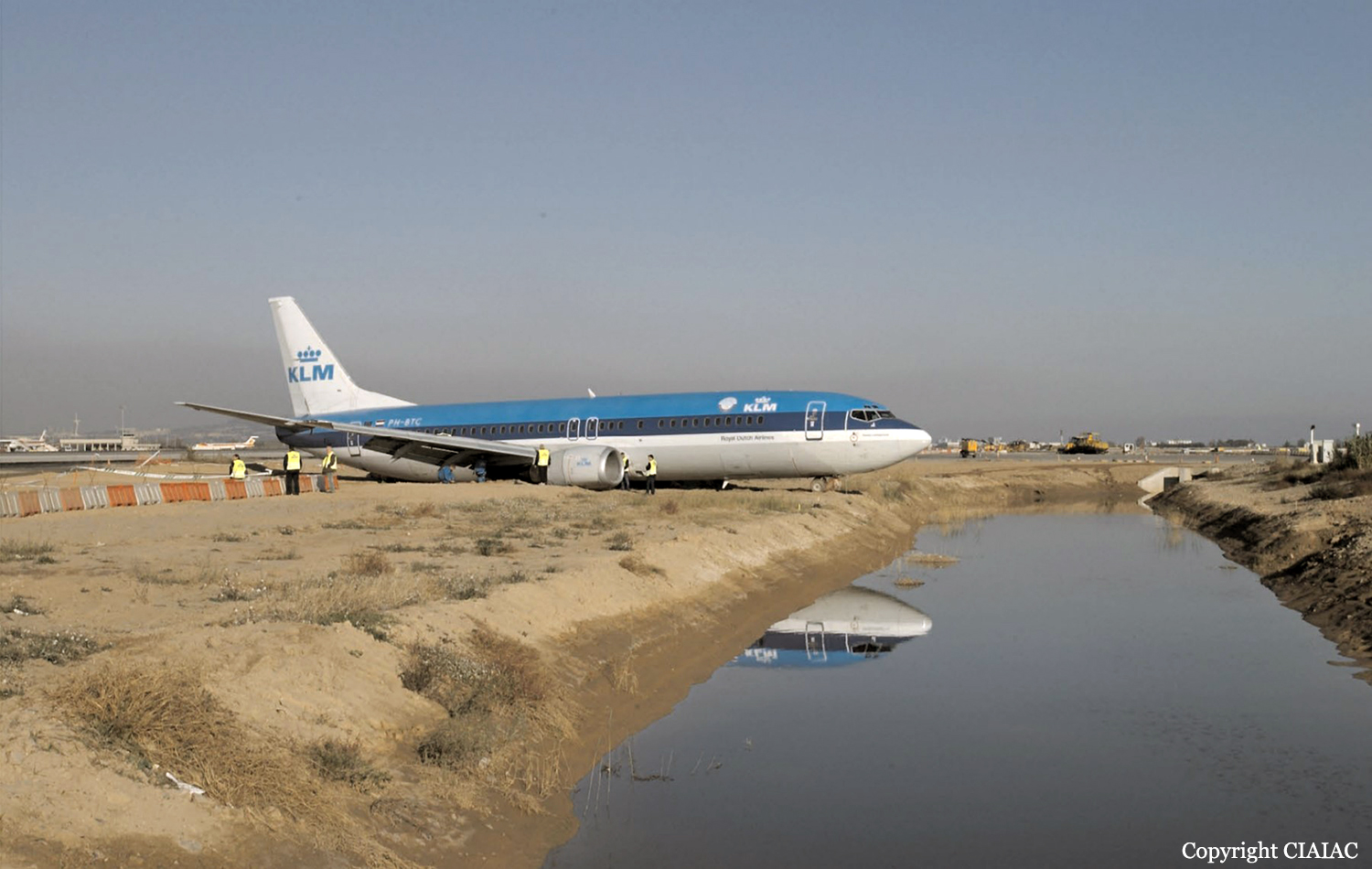
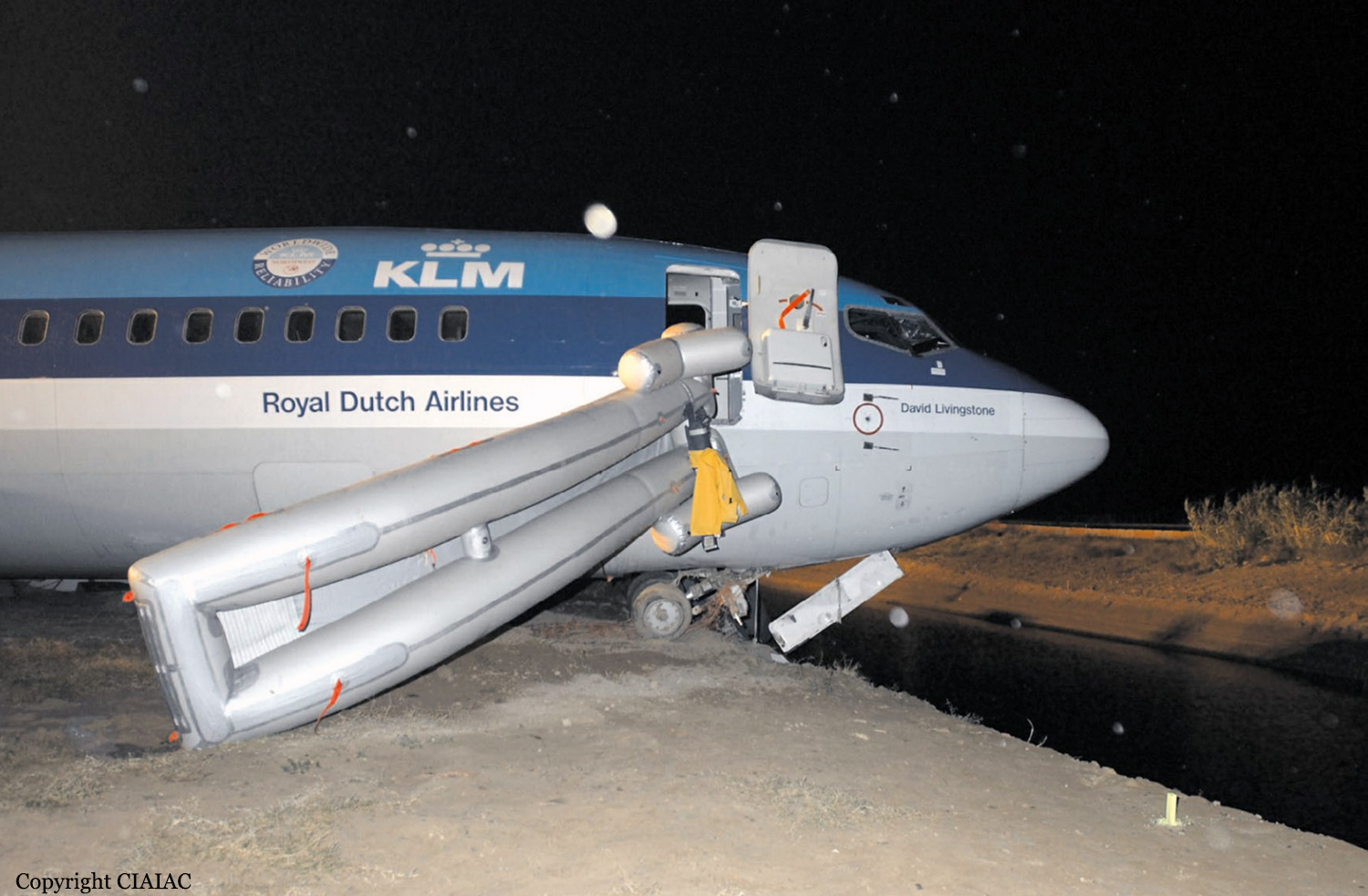

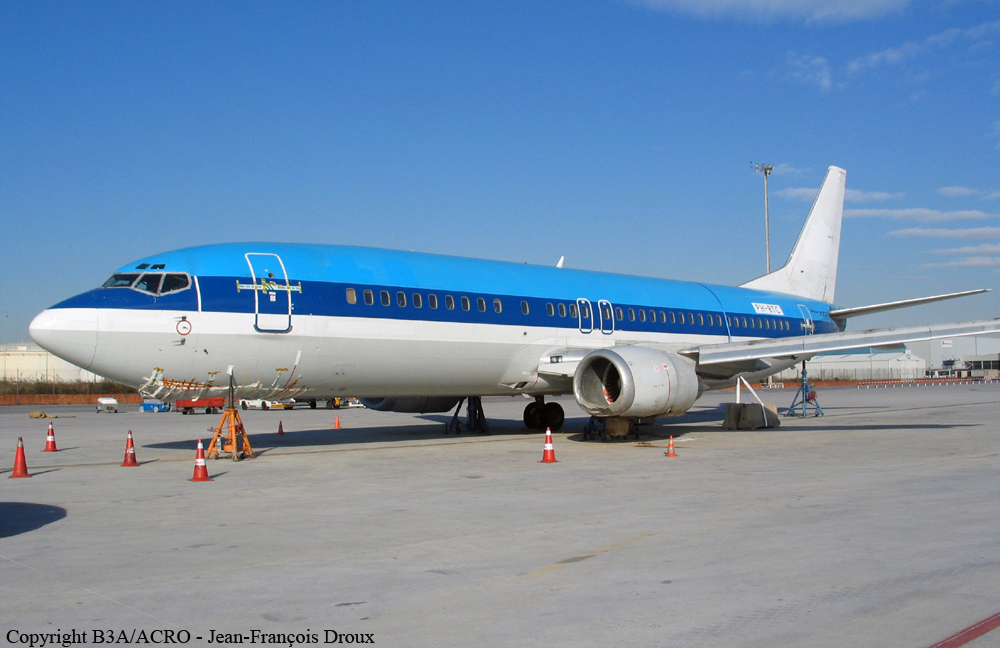



Crash of a Casa 212 Aviocar 100 in Lanzarote
Date & Time:
Oct 19, 2004
Registration:
T.12B-54
Survivors:
Yes
MSN:
98
YOM:
1979
Crew on board:
0
Crew fatalities:
Pax on board:
0
Pax fatalities:
Other fatalities:
Total fatalities:
0
Circumstances:
The aircraft suffered irreparable damages upon landing at Lanzarote Airport. There were no casualties.

Crash of a Piper PA-31P-425 Pressurized Navajo in Seville: 3 killed
Date & Time:
Sep 1, 2004 at 1602 LT
Registration:
EC-GYD
Survivors:
No
Schedule:
Seville - Tangier
MSN:
31-7300123
YOM:
1973
Crew on board:
2
Crew fatalities:
Pax on board:
1
Pax fatalities:
Other fatalities:
Total fatalities:
3
Aircraft flight hours:
4920
Circumstances:
Shortly after takeoff from Sevilla-San Pablo Airport runway 27, while in initial climb, the twin engine aircraft suffered a right engine failure. It rolled to the right then lost height and crashed 1,500 metres from the runway end, bursting into flames. The aircraft was destroyed by impact forces and a post crash fire and all three occupants were killed.
Probable cause:
Failure of the right engine shortly after rotation. Due to the degree of destruction, it was not possible to determine the exact cause of the failure that occurred at a critical stage of flight.
Final Report:
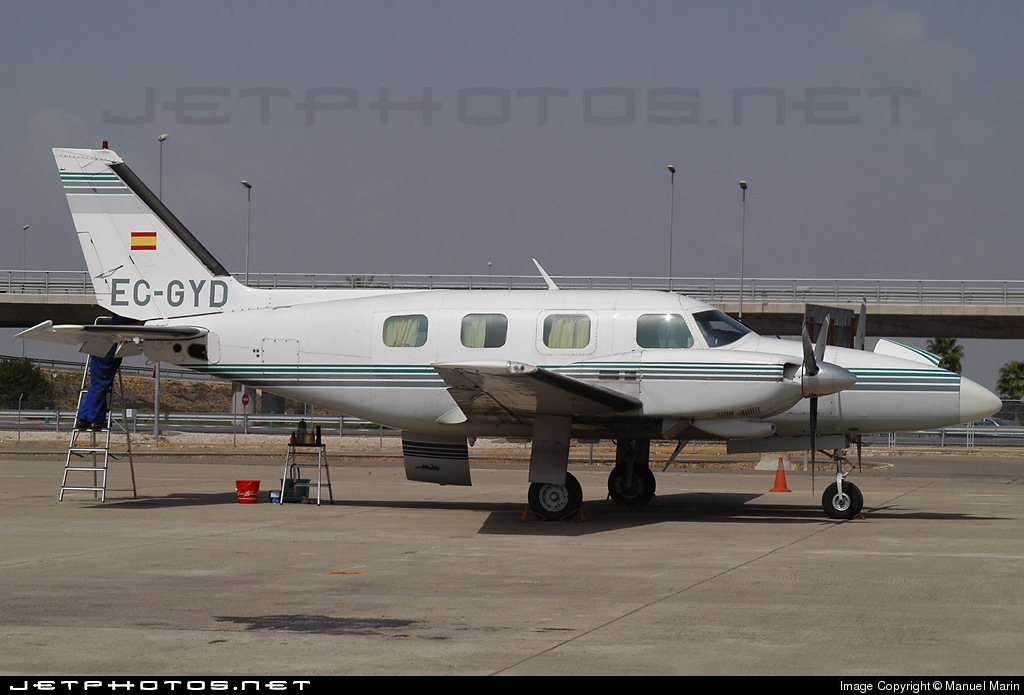
Crash of a Piper PA-31P Pressurized Navajo in Albacete
Date & Time:
Jul 4, 2004 at 1855 LT
Registration:
EC-CTG
Survivors:
Yes
Schedule:
Biscarosse – Alicante
MSN:
31P-7530017
YOM:
1975
Crew on board:
1
Crew fatalities:
Pax on board:
5
Pax fatalities:
Other fatalities:
Total fatalities:
0
Captain / Total hours on type:
300.00
Aircraft flight hours:
2490
Circumstances:
The twin engine aircraft departed Biscarosse Airport, Landes, at 1629LT, on a private flight to Alicante, carrying five passengers and one pilot. At 1840LT, while descending to Alicante, the pilot contacted ATC and reported a low fuel situation. After being vectored to Albacete-Los Llanos AFB, he modified his route and started the descent for an approach to runway 09. Four minutes later, at an altitude of 3,000 feet and a distance of 8 NM, he declared an emergency following an engine failure. Two minutes later, the aircraft crashed near Chinchilla, about 10 km southeast of the airport. All six occupants were rescued and the aircraft was damaged beyond repair.
Probable cause:
Failure of both engines in flight due to fuel exhaustion. This situation was probably the consequence of an incorrect fuel consumption calculation prior to departure, combined with a possible over-consumption in flight.
Final Report:
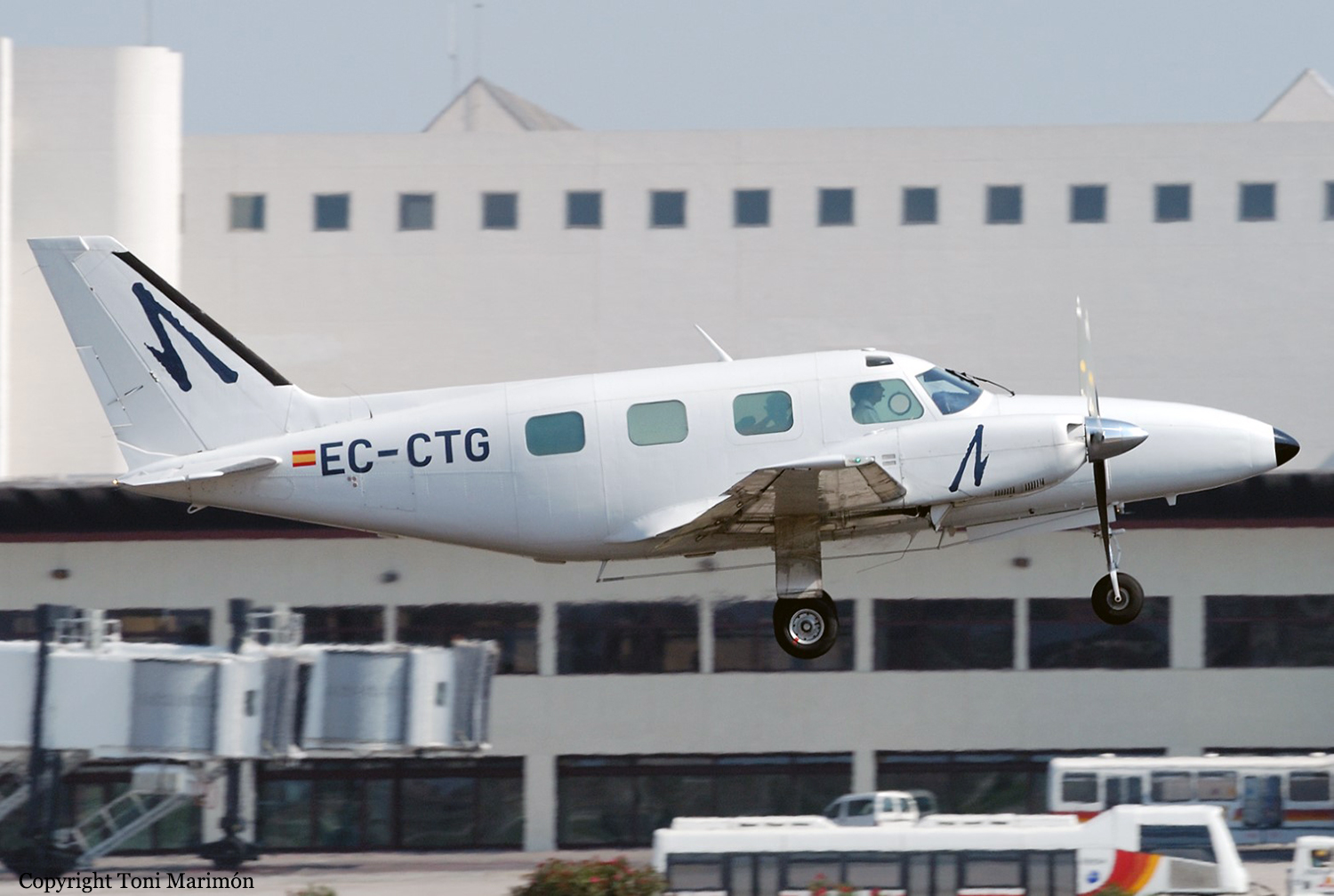
Crash of a Beechcraft C90 King Air near Madrid-Getafe AFB: 2 killed
Date & Time:
Feb 18, 2004 at 1130 LT
Registration:
E.22-03
Survivors:
No
Schedule:
Madrid-Getafe - Madrid-Getafe
MSN:
LJ-624
YOM:
1974
Crew on board:
2
Crew fatalities:
Pax on board:
0
Pax fatalities:
Other fatalities:
Total fatalities:
2
Circumstances:
The crew was completing a local training flight at Madrid-Getafe AFB when the aircraft crashed in unknown circumstances near Parla, about 8 km south of the airbase. The aircraft was destroyed and both pilots were killed.
Crash of a Swearingen SA226TC Metro II in Reus
Date & Time:
Jan 31, 2004 at 1800 LT
Registration:
EC-HCU
Survivors:
Yes
Schedule:
Reus - Barcelona
MSN:
TC-390
YOM:
1981
Crew on board:
2
Crew fatalities:
Pax on board:
0
Pax fatalities:
Other fatalities:
Total fatalities:
0
Captain / Total hours on type:
2700.00
Copilot / Total hours on type:
360
Circumstances:
The crew was completing a positioning flight from Reus to Barcelona for maintenance purposes. During take off roll on runway 07, at a speed of 80 knots, the nose gear collapsed. The aircraft slid on its nose for few dozen metres before coming to rest on the runway. Both pilots escaped uninjured while the aircraft was damaged beyond repair.
Probable cause:
The nose gear folded because the lever was in the gear up position. The lever was in that position either due to the failure of the crew to carry out the checklists in full, in the event that the aircraft was delivered to them with the gear lever in the gear retracted position, or inadvertent action on the gear lever at some point between the last check by the crew and the moment of the accident.
Final Report:
